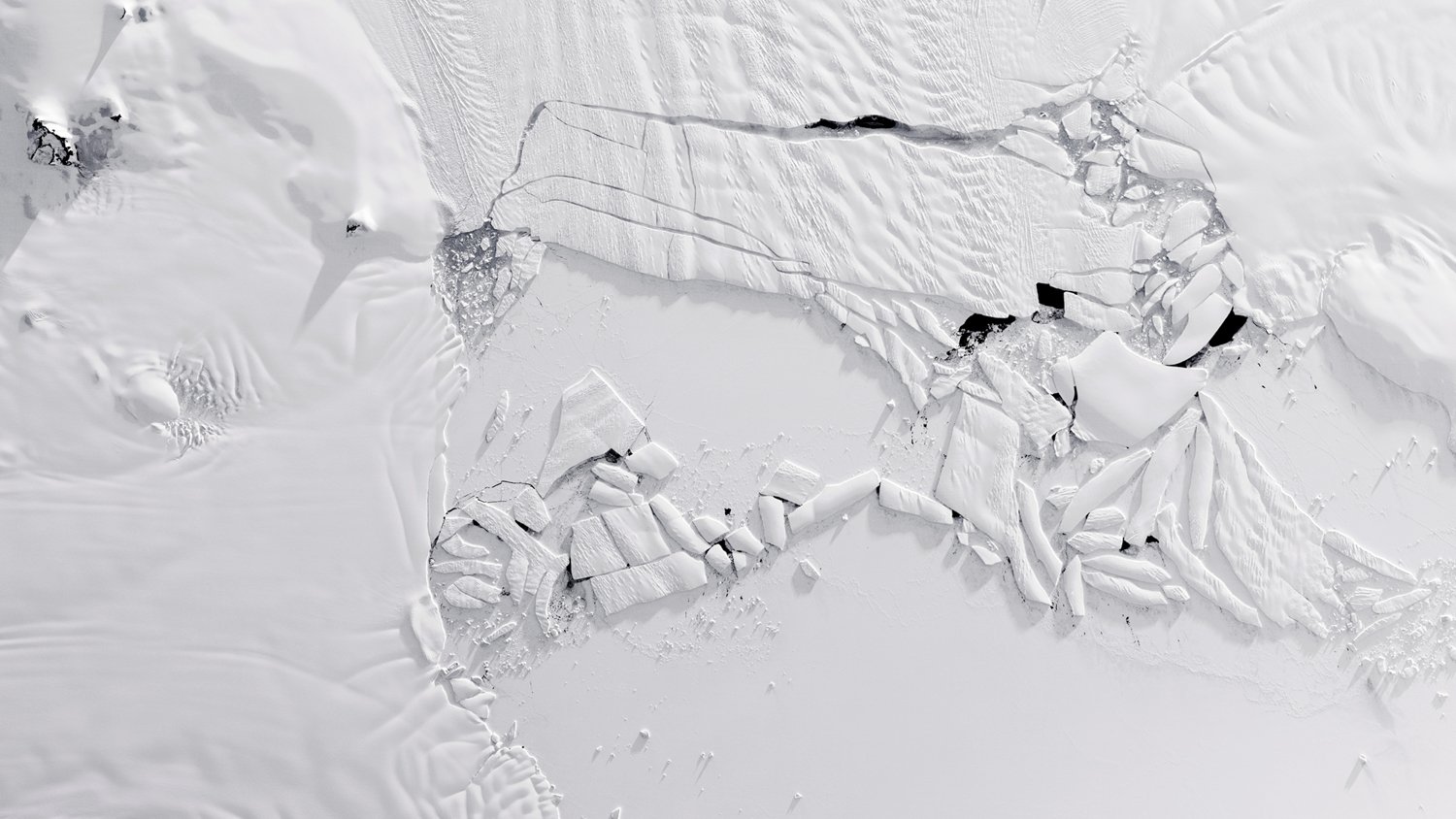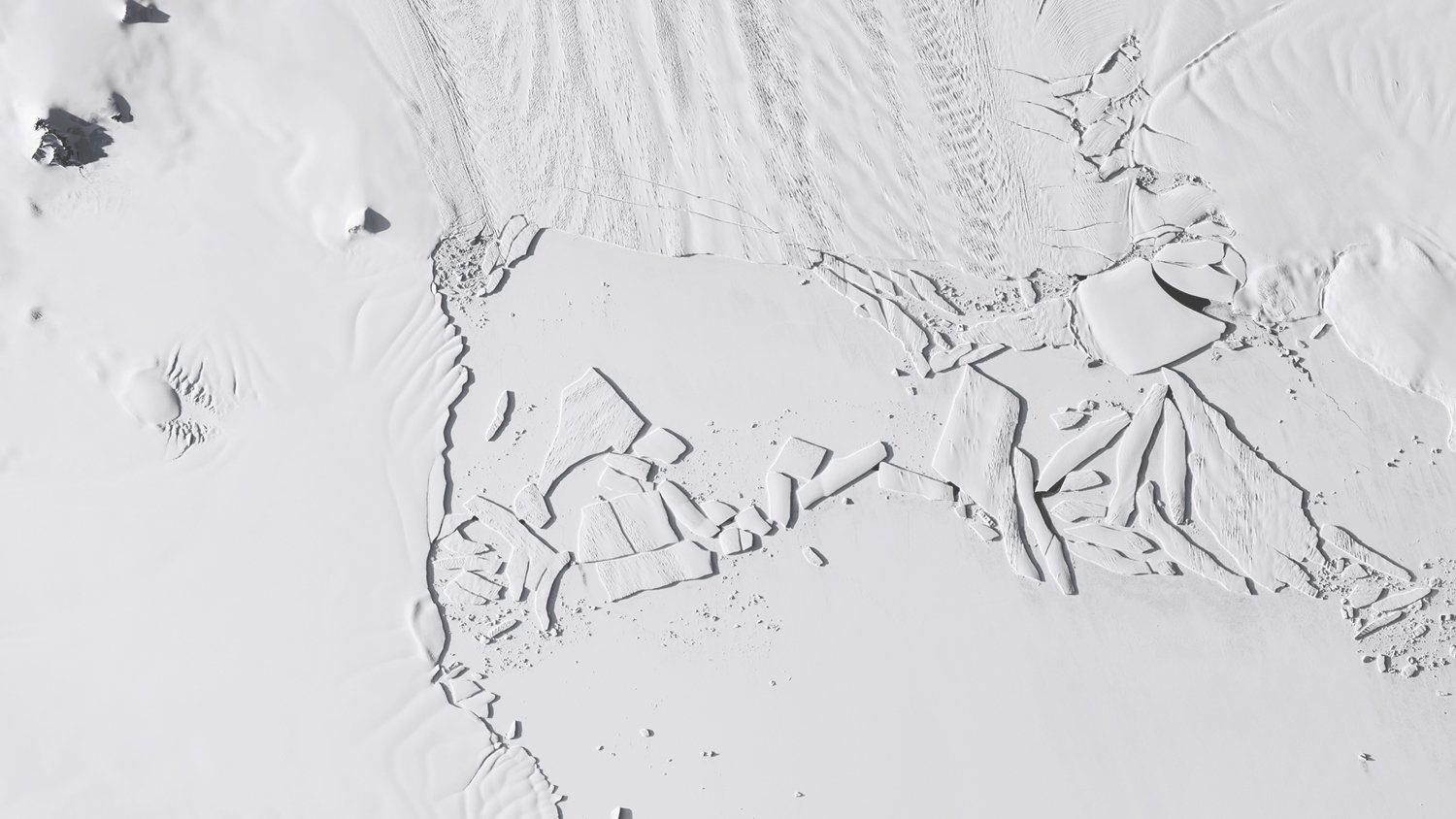State of the Oceans — Log 11
YOUR WEEKLY BRIEFING FROM PARLEY
After and before images showing the calving of iceberg B-46, via NASA Earth Observatory
ANTARCTICA
Pine Island Glacier in West Antarctica is known for dispensing icebergs into the Amundsen Sea, but the frequency of such events appears to be on the rise, with another huge chunk of ice recently breaking off. A flight over the region this week brought back incredible images showing the scale of the calving event.
The new iceberg, designated B-46 by scientists, is estimated to cover about 71 square miles – more than three times the size of Manhattan. The cliffs at its edges are 160 to 230 feet high. Since 2009, NASA’s Operation IceBridge has flown highly sensitive instruments over both poles in a variety of aircraft —including a vintage DC-8 used this week to take the images and study how the ice-covered regions are changing as the planet warms.
PLASTIC POLLUTION
Microplastics have been detected in wild-caught fish from the Great Barrier Reef World Heritage Area, researchers report. A study conducted by the Australian Institute of Marine Science is the first study to report the detection of man-made fibers in the intestines of coral trout, in the first sign marine debris is entering the animals' food chain.
INNOVATION
Meanwhile, scientists are sending a ‘mother’ robot out to the Great Barrier Reef to seed hundreds of millions of baby corals, helping to revive areas damaged in bleaching events. A Queensland University of Technology underwater robot developed to fight the crown-of-thorns starfish has been reprogramed for the task, with the goal of accelerating reef recovery.
CLIMATE CHANGE
A rare sighting of sperm whales in the Canadian Arctic is the latest sign of a rapidly changing ecosystem, say scientists, as a growing number of species expand their range into warming Arctic waters. While a number of whales including belugas, bowheads and narwhals thrive there, the physiology of sperm whales makes it harder for them to navigate colder waters.
MARINE LIFE
An intrepid Japanese researcher has performed the first ever ultrasounds of female whale sharks. Swimming alongside the gentle giants off the Galapagos, Rui Matsumoto used an underwater ‘jet pack’ and medical equipment to help understand how, where and when whale sharks breed, which could help protect the animals at a crucial point in their life cycle.
🌊
Stay up-to-date on all things ocean
Subscribe to Parley's State of the Oceans newsletter
Join the movement
@parley.tv | @parleyxxx
#fortheoceans


